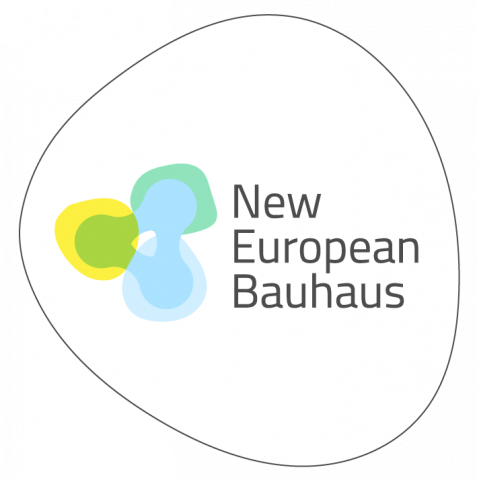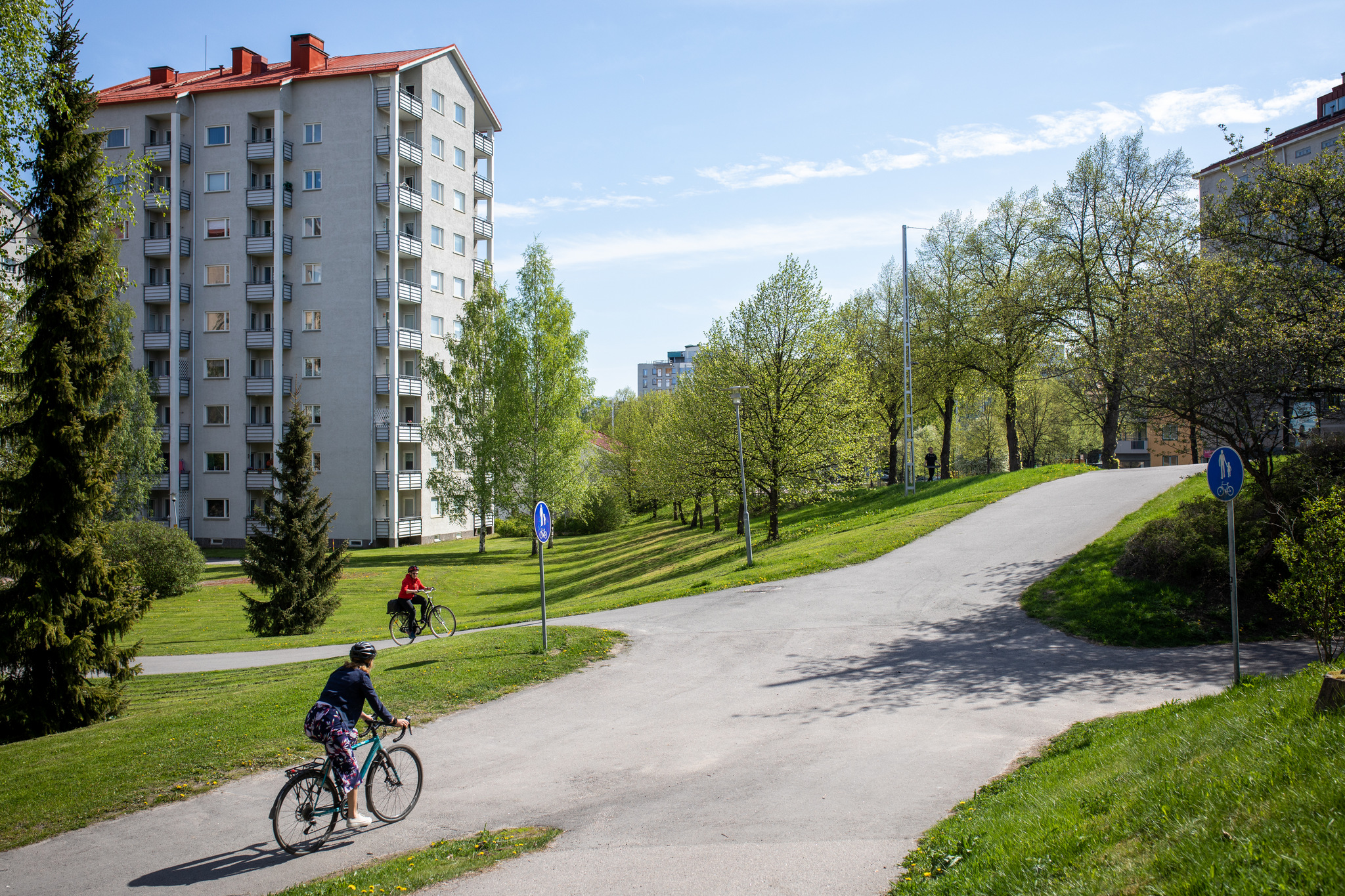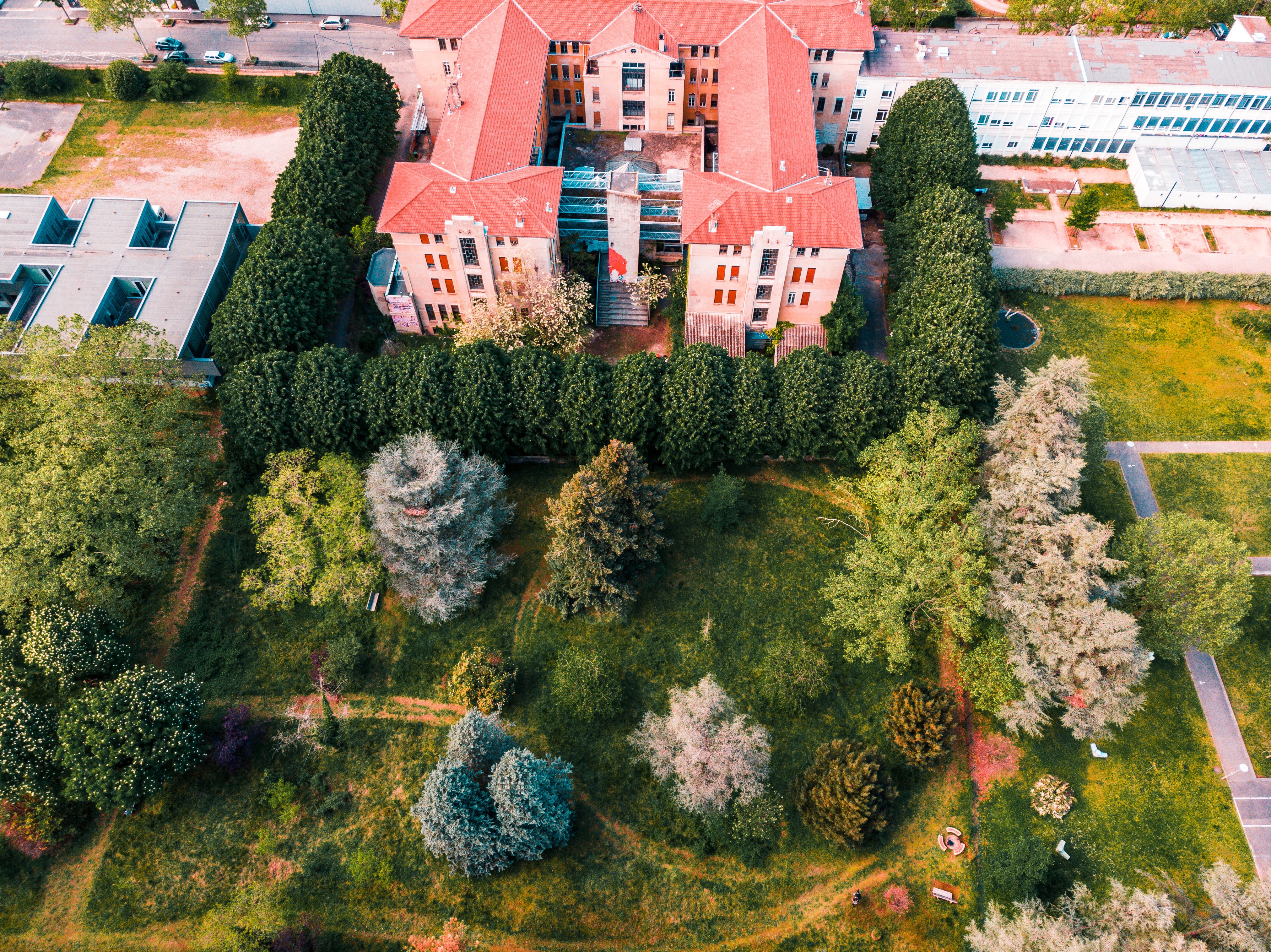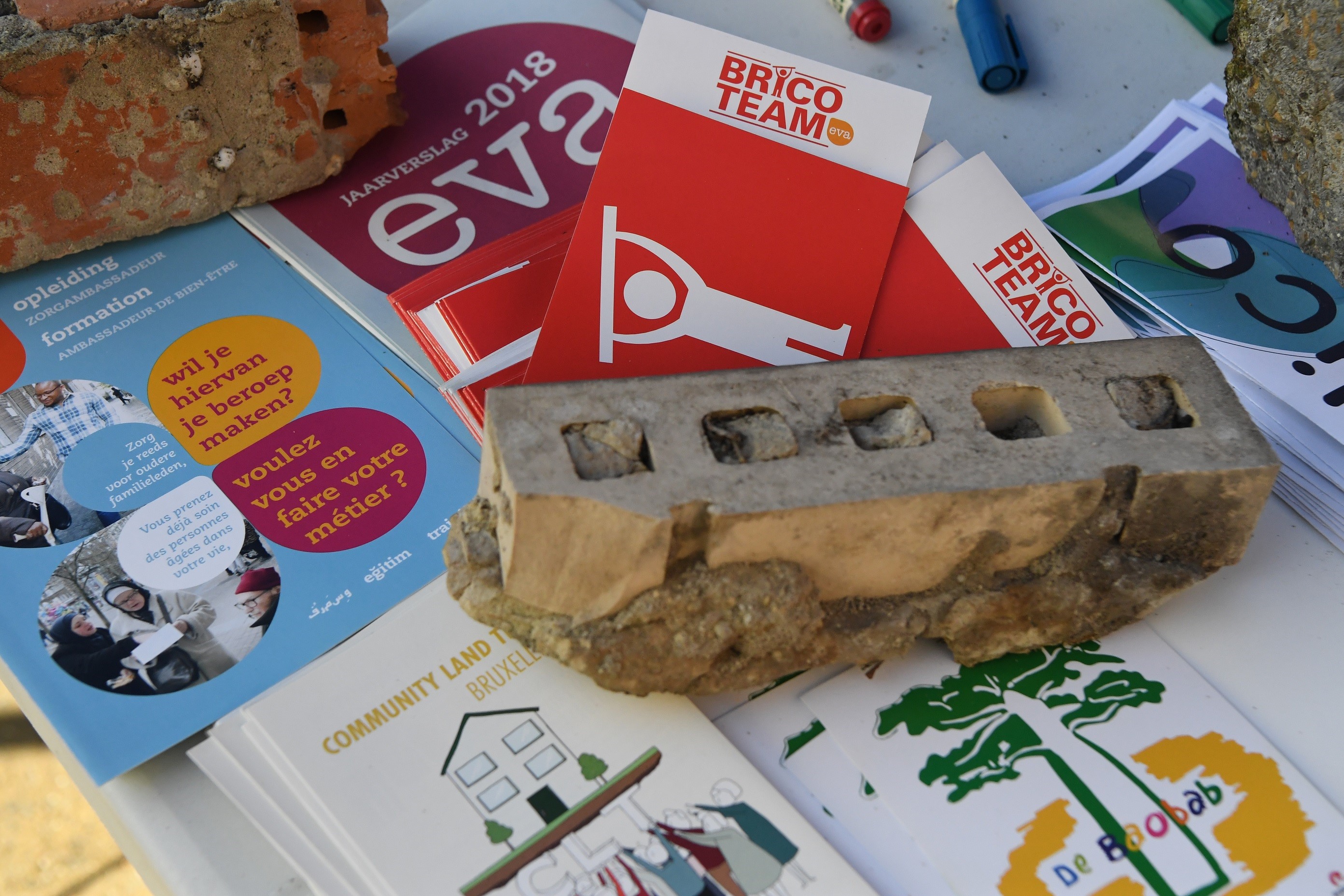
The New European Bauhaus
What is the New European Bauhaus?
The New European Bauhaus (NEB) initiative, launched by the European Commission in 2020, connects the European Green Deal to our living spaces and experiences and expresses the EU’s ambition of creating beautiful, sustainable, and inclusive places, products and ways of living. It promotes new ways of living where sustainability matches style, thus accelerating the green transition in various sectors of our economy and in our societies as well as other areas of our daily life. The aim is to provide all citizens with access to goods that are circular and less carbon-intensive, that support the regeneration of nature and protect biodiversity. The NEB initiative calls on all of us to imagine and build together a sustainable and inclusive future that is beautiful for our eyes, minds, and souls. The New European Bauhaus looks at projects, places, practices, and experiences that are:
- Beautiful: Aesthetically pleasing, but also inspired by art and culture, responding to needs and improving quality of experience beyond functionality.
- Sustainable, in harmony with nature, the environment, and our planet.
- Inclusive, encouraging a dialogue across cultures, disciplines, genders and ages.
On 15 September 2021, the Commission published the Communication presenting the concept of the NEB based on the findings from the co-design phase, laying out the next steps for further development of the initiative and proposing a set of targeted actions as well as funding possibilities. The Annex II of the Communication identifies relevant EU initiatives as well as funding instruments to support the financing of local transformation projects.
Having in mind that transformation and experimentation at the local level have always been part of the DNA of Cohesion policy, the Annex II lays down DG REGIO’s commitment to finance a number of highly innovative projects, selected in the first call of the European Urban Initiative (EUI) (hereinafter the call).
The first EUI-IA Call for Proposals will fund projects to deliver tangible, real-life examples of NEB interventions that fully integrate the three NEB core values of sustainability, inclusiveness and aesthetics to a maximum level of ambition(1) according to the framework proposed in the NEB Compass.
As such, the projects should stem from and be implemented through participatory and trans-disciplinary processes anchored at local level.
The first EUI-IA Call for Proposals will test our ability to convert current urban challenges into opportunities, to address them through integrated solutions, translating the European Green deal into innovative interventions that empower citizens to lead the change towards green and inclusive cities, towns and local communities. By focusing on areas with greatest potential to inspire Cohesion policy, the call will aim at identifying front-runners leading on in the NEB transformation of places and mobilising Cohesion policy programmes at wider scale across all the European Union.
(1) The NEB Compass provides guidance to distinguish conventional (level 1) from more elaborated approaches (levels 2 and 3) to the NEB philosophy and working methods. It is advisable to take the NEB Compass into account when conceiving project proposals and describing it in application forms.

Cycling Lahti
The European Green Deal is heavily dependent on urban action to achieve its main goal of climate neutrality by 2050. Cities consume over 65% of the world’s energy and account for more than 70% of global CO2 emissions. At the same time, cities as public domain are drivers of thoughtful innovation and resilient spaces within which institutions, socio-economic players, and the wider civil society interact as an essential ecosystem, fertile for NEB approaches.
Urban authorities, with their human and financial resources, have always been hubs for transformative ideas and novel initiatives. Their mastering of urban planning and design (including instruments and practices such as housing permits, neighbourhood retrofit and buildings adaptive re-use), their expertise in land, infrastructure or mobility management, as well as their specific knowledge of the local needs and capabilities, equip urban authorities to take the lead in turning the NEB ambitions into realities on the ground.
Urban authorities are also those closer to citizens and stakeholders, well placed to mobilize the different local players (from scientists, to engineers, artists, designers, actors of the cultural and creative sectors, entrepreneurs) and engage with the population. They are legitimate to steer discussions on the local needs, connect the dots, find synergies, build bridges between various disciplines, and turn new ideas into tangible avant-garde projects.
The European Commission would like to see projects of the highest quality standards while reflecting the geographical, spatial and demographic diversities of European cities.
The Terms of Reference, including further call specifications, will be published in the upcoming months, stay tuned. In the meantime you can find more about the New European Bauhaus Initiative here: https://europa.eu/new-european-bauhaus/about/about-initiative_en

Homesilk - UIA Credits
Credits - Noé Bravoux
The first EUI-IA Call for Proposals will not be prescriptive with regard to the nature of expected proposals. However, cities are invited to consider the four following themes which have the greatest potential to generate innovative solutions, create a clear demonstration effect to inspire the use of Cohesion policy in urban areas, and/or could mobilise concerned funds for their uptake, in particular investments from the ERDF under the specific objectives listed in the ‘Cohesion policy targets’ (see section below).
Construction and renovation in a spirit of circularity and carbon neutrality: the theme covers projects focusing on building renovation or construction2 with carbon neutral or positive performances and full circularity in mind. Beyond performance in terms of carbon emissions from the operation of the building, it entails considering emissions in a full life cycle approach. This calls for reflections on how to minimize energy consumption through the preservation or re-use of local materials and resources, the use of green technologies, as well as the reduction and/or transformation of waste. The projects should work towards achieving a regenerative architecture, which gives back more than it takes and encourages its users to adopt sustainable behaviours. Such innovative construction and renovation processes should also favour participation (e.g. in promoting citizen led activities) as well as inclusiveness (e.g. new skills, jobs and/or functions for disadvantaged collectives) in securing accessibility (including affordability) for all, with a specific attention to less-represented groups, and the long-term objective of proposing a new, replicable model of solidarity and cooperation. Finally, the new or renovated buildings should offer a real quality of experience beyond their functionality, and give a sense of belonging and care to their users and the wider community (e.g. in taking into account their sensory perception - e.g. visual, tactile, acoustic - and creating a dialogue with the existing cultural, social, and natural context).
Preserving and transforming cultural heritage: the theme covers projects aiming to preserve, and offer equal access to, cultural heritage, or transform heritage sites with a high social purpose (e.g. with/for citizens, and in particular marginalised groups) and a low carbon footprint (i.e. a regenerative approach for the preservation and/or transformation of cultural heritage buildings and/or associated cultural services). The theme also covers the mobilisation and combination of vernacular knowledge and knowhow with new technologies for contemporary solutions and products connected to local heritage. This attention to cultural heritage may offer opportunities for renewing our dialogue with history, building new relationships between places and people, and enabling the collective reinvention of our present and future lifestyles.
Adapting and transforming buildings for affordable housing solutions: the theme covers projects focusing on the adaptation and transformation of decommissioned and/or empty buildings for housing purposes through innovative, creative and/or artistic techniques or materials, and sustainable building processes. Such projects would tackle energy poverty, make housing more affordable and create the conditions for (future) inhabitants and local actors to make decisions at all stages of the buildings’ lifecycle. In revitalising deprived neighbourhoods or city centres, co-developed adaptation projects can fight depopulation and/or segregation, reinforce a sense of belonging and care, and contribute to climate resilience (reducing commuting and transport greenhouse gas emissions) and a more sustainable use of land (avoiding urban sprawl). The projects may also cover innovative housing solutions that constitute temporary emergency responses with high aesthetic and sustainable standards.
Regenerating urban spaces: the theme covers urban regeneration projects that combine sustainability, aesthetics, and inclusion. The projects may focus on the regeneration of urban areas abandoned or experiencing difficulties (e.g. insecurity), the reconversion of brownfields including for the renaturation of cities and the development of green infrastructure, or the provision/upgrading of universal access to safe, open, and inclusive green and/or public spaces. With the objective to improve the liveability of cities for those who experience them, such regeneration projects should strive to engage inhabitants, and in particular less-represented groups or communities, in co-development processes.
(2) Projects involving the construction of new buildings will be expected to reach the highest recycling performances.

NVB 2019_2
The Terms of Reference, including further EUI-IA Call for Proposals specifications, will be published in the upcoming months, stay tuned on our online platforms!
In the meantime, you can find more about the New European Bauhaus Initiative here: https://europa.eu/new-european-bauhaus/about/about-initiative_en